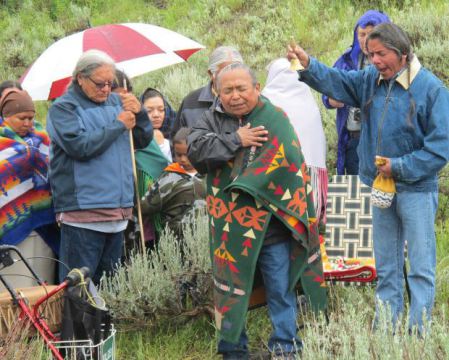In my last blog posts I’ve talked about; looting and its effect on archaeology, the rise of fakes within the illicit market, the ethical treatment of human remains, antiquities in armed conflicts and the repatriation of antiquities. But what do all these things have in common? Well, at the heart of each issue is the question of ownership, and the different opinions people have about what our cultural heritage means and how it should be treated. So, one of the big questions in archaeology is “who owns antiquity?”. Do antiquties belong to humanity as a whole, or do they belong to the State they are found in? This debate has been going on for decades and has influenced the way we view and treat antiquities and the legislation surrounding it. For example, each nation has their own patrimony laws which protect artefacts found in their country. However, there are also international organisations and legislations that protect cultural heritage like UNESCO. International cultural heritage laws generally respect and endorse patrimony laws, but they also view culture as something that is of ‘great importance for all people of the world’ (UNESCO 1954) and something that should be shared.
Argument for State / National Ownership
Archaeology can be viewed as a cultural resource, and like any resource found within a territory, it belongs to the State. Counties also claim ownership over archaeology as they believe it belonged to their distant ancestors, and therefore are heirs to that culture. Archaeology and history plays a major role in shaping our modern identities and what makes different cultures unique. Cultural heritage can also empower indigenous communities and allow them to gain social and economic benefits, like the Native Americans and Kennewick Man.Alexander argues that ‘national control maintains the integrity of culture and/or the object belonging to it’ (Alexander 2009, 46). Therefore, if artefacts are taken away from their country of origin it could detract from the overall culture, or the artefact could lose its interpretative value outside of its original context, just like the case of the Parthenon Marbles. Archaeologists argue that by removing an artefacts context, it turns it into an art object which is then ‘forced to conform to western conceptions of artistic production and consumption’ (Brodie 2008, 1). In addition, if archaeology belongs to the State, it can then be regulated more easily, preventing looting, loss of local heritage and scientific contexts.

Argument for International Ownership
However, internationalists argue that the free trade and movement in antiquities allows different cultures to be celebrated and studied across the globe, which will in turn create tolerance and understanding. Furthermore, they argue that institutions like the British Museum act as a type of cultural encyclopaedia. It allows everyone access to cultural resources and holds archaeology ‘in trust for the world’ (MacGregor 2015). In addition, James Cuno and John Merryman argue that looted artefacts, or artefacts that have lost their scientific and social context still have social lives. These artefacts turn into works or art which can be studied aesthetically and emotionally rather than scientifically. Furthermore, they argue that the ‘desirability of contextualisation’ (Gilman 2010, 43) is actually a western obligation. Furthermore, Cuno argues that State ownership and repatriation is essentially ‘Nationalist Retentionist’ , and implies that an artefact has one rightful owner rather than many. However, many archaeologists and scholars argue that museums that accept looted antiquities are just encouraging and promoting the trade in illegal antiquities.
To Conclude…
As you can see the debate is not simple! It is evident that both sides have ulterior motives, but it is also evident that both sides make valid points. It is integral that archaeology is protected and regulated, and that our heritage isn’t sold off to the highest bidder. However, culture should be shared and understood by everyone. I argue that better relationships and loaning programmes between museums could prevent some museums purchasing or accepting illegal antiquities in the future! Archaeology is inherently political as it is the study of human culture, and it therefore has the ability to empower and oppress. This is why we need to continue having important debates like this one, in order to come to sustainable and ethical conclusions in the future.
References:
Alexander et all.2009. When Theory, Practice and Policy Collide, in: Hamilakis Y. and Duke P, eds. Archaeology and Capitalism. California: Left Coast Press. 45- 58.
Brodie, N. 2008. Archaeology, Cultural Heritage, and the Antiquities Trade. Florida: University Press Florida
British Museum. 2016. Benin Plaques. [Accessed 15.03.16] [Online].
Daley, P. 2015. Indigenous Leaders Fight for Return of Relic. The Guardian. [Online]
Gilman,D.2010. Two ways of thinking, in: The Idea of Cultural Heritage. Cambridge: Cambridge university press..












